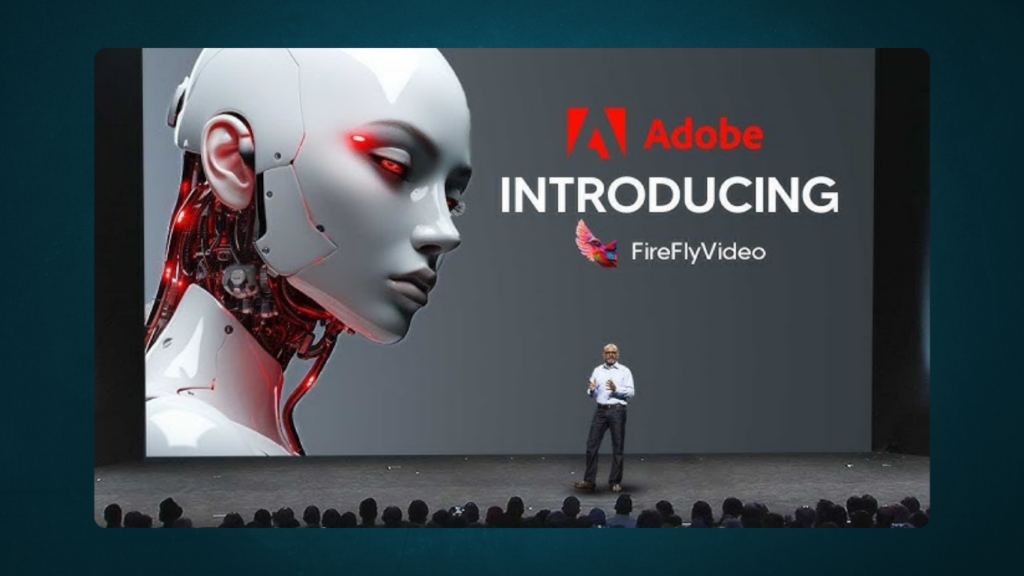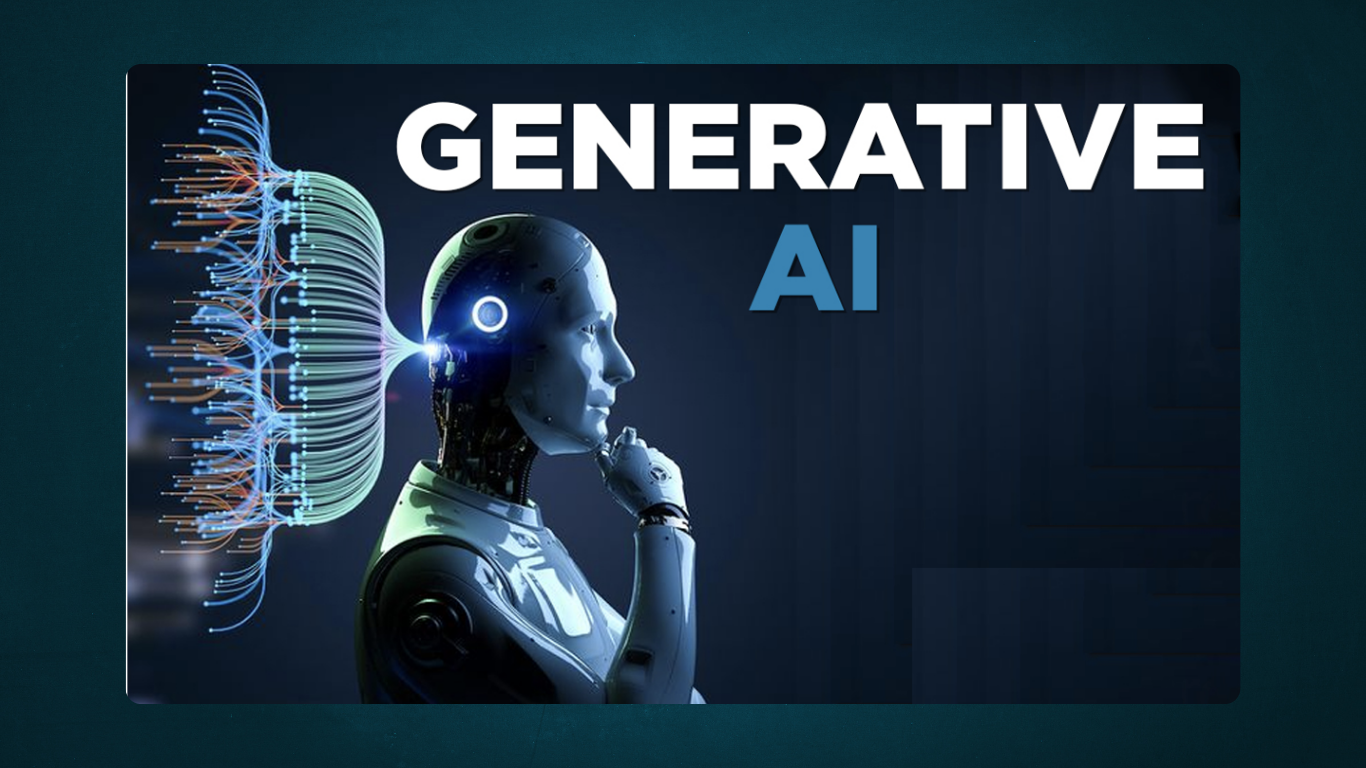Adobe continues to push boundaries in generative AI, with the latest unveiling of its Firefly Video Model at this year’s Max conference. This new model takes Adobe further into the AI space, allowing users to create videos through text-to-video and image-to-video tools, giving creative professionals powerful new options.
Major Advancements Across Adobe’s Creative Suite
Photoshop, Adobe’s flagship photo-editing software, has received substantial upgrades. A standout feature is the new Auto Photo Distraction Removal tool, which uses AI to remove unwanted elements from an image and replace them with a realistic background. Photoshop’s Generative Fill, Expand, and Background tools have also been improved, powered by the Firefly 3 model, enhancing image manipulation capabilities. The integration of a 3D Viewer now allows users to add 3D models into 2D images, though Adobe has moved advanced 3D tools to its dedicated Adobe Substance 3D suite.

Premiere Pro has seen a significant design overhaul, with a cleaner, more consistent interface. Its Color Management tools have been updated, but the most notable new feature is Generative Extend, powered by Firefly. This tool allows users to extend video footage by generating realistic, matching frames, making it easier to fit clips to project lengths. Another powerful update is the Context-Aware Properties panel, which uses AI to predict and present the most relevant controls based on the user’s current task. Additionally, Frame.io is now more deeply integrated, bringing review and approval tools directly into Premiere Pro, boosting collaboration for video projects.
Meanwhile, Adobe Illustrator now includes features like Objects on Path, allowing users to place objects along a set path more easily, and an improved Image Trace tool for converting bitmap images to vector formats with more precision. Illustrator also benefits from Generated Shape Fill, which uses Firefly to create vector content for filling shapes, and Project Neo, a hybrid web and desktop app for editing 2D vector images using 3D techniques.
Firefly Video Model: Elevating Video Creation
The newly launched Firefly Video Model brings text-to-video and image-to-video capabilities, offering creators tools to generate dynamic videos from text prompts or animate still images. As Alexandru Costin, Adobe’s VP of Generative AI, pointed out, “Video generative AI is hard,” but Adobe has focused on delivering tools that cater to the real needs of professionals, not just flashy tricks.
Firefly gives users control over camera angles, motion, zoom, and aspect ratios, while also allowing them to generate clean text graphics—a feature often mishandled by AI tools. Additionally, users can create stop-motion animations in either 2D or 3D, expanding their creative freedom. Firefly content is generated using a model trained on hundreds of millions of high-quality assets, ensuring that outputs meet professional standards. Each creation is also marked with Content Credentials, letting the world know that it was AI-generated, ensuring transparency.
In Premiere Pro, Firefly powers the new Generative Extend feature, which lets users seamlessly lengthen footage by generating additional frames that blend seamlessly with existing content, making it easier for editors to adjust project timelines without compromising quality.
Adobe Express and Frame.io Updates
Adobe has also brought upgrades to Adobe Express, a platform aimed at content creators, particularly those working in social media. Express now integrates more deeply with InDesign and Lightroom alongside its existing connection to Photoshop cloud-stored content. Express users will enjoy new tools such as Animate All and sound effects, enhancing the platform’s dynamic content creation capabilities. Features like Bulk Create, Resize, and Expand add productivity-enhancing tools, while branding controls offer more customization for marketers. Rewrite and Translate options allow users to quickly adjust and adapt their text for various audiences or platforms.
For professional video workflows, Frame.io—Adobe’s collaborative platform—introduces custom metadata tagging for better content organization and Collections to group assets. Its Camera to Cloud feature, which allows direct upload of footage to the cloud from the camera, now supports more devices, including models from Canon, Nikon, and Leica. Integration with Lightroom creates a seamless bridge between photo and video workflows, enhancing collaboration and project management.
GenStudio and Marketing Innovations
On the marketing side, Adobe has officially launched GenStudio, a new generative AI-powered application designed for performance marketing. GenStudio allows businesses to create, manage, and measure campaigns in one platform, with deep integration into services like Google, Meta, and Microsoft. After a year in preview, GenStudio is now fully available, giving marketers a powerful AI toolset to streamline campaign creation and analysis.
Enhancements in Lightroom and Performance
Photographers will appreciate the new features in Lightroom, which now includes an upgraded Generative Remove tool that not only removes objects but fills the space with AI-generated content that matches the surrounding background. Mobile and web versions of Lightroom now support Quick Actions, making it easier to perform key edits on the go. Performance improvements across the Lightroom ecosystem ensure faster, more efficient workflows, allowing users to process their photos quickly without sacrificing quality.
$100 Million Initiative to Bridge the Digital Divide
Alongside product updates, Adobe announced a significant initiative aimed at closing the digital skills gap. The company is investing $100 million in scholarships and product access to help over 30 million people worldwide develop skills in AI literacy, digital marketing, and content creation. This move is part of Adobe’s broader effort to democratize access to digital tools and education, ensuring that more people have the opportunity to thrive in today’s technology-driven world.
Conclusion
With its latest generative AI innovations, Adobe is once again pushing the boundaries of creative software. The Firefly Video Model and other AI-powered features across Adobe’s product suite offer creative professionals new ways to enhance their workflows, whether they’re working on video production, photo editing, or marketing campaigns. Adobe’s investments in AI tools and digital skills development position the company at the forefront of the creative industry’s future, helping creators of all levels harness the power of technology to bring their ideas to life.

Subtly charming pop culture geek. Amateur analyst. Freelance tv buff. Coffee lover
